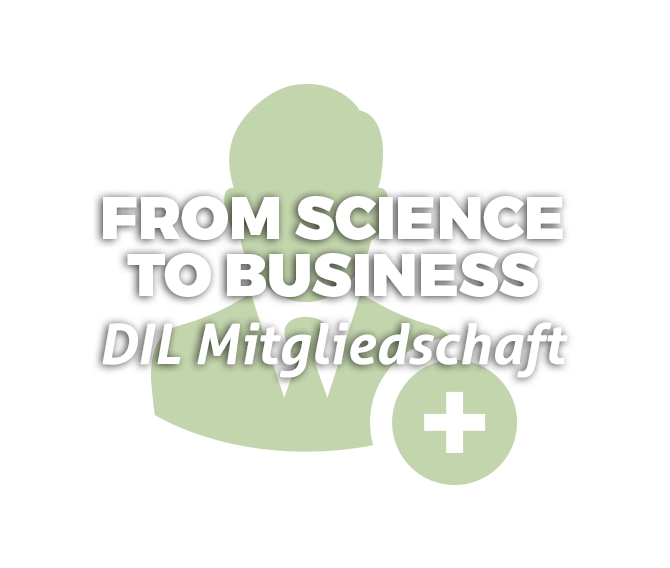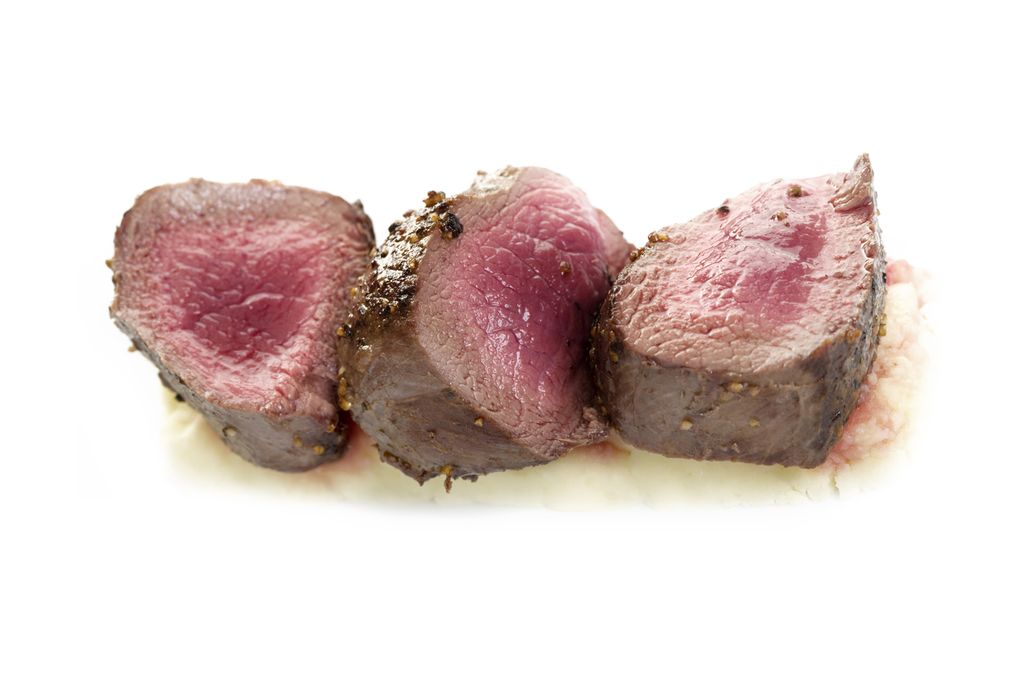Beef tenderness has long been recognized as the most important quality attribute of beef meat, greatly influencing consumer acceptability. In fact, consumers are willing to pay prices up to four times higher for sirloin, the most tender beef meat. Therefore, it is not surprising that one of the major priorities in the meat industry is to improve beef tenderness.
Moreover, currently meat quality grading relies on the “EUROPE grid” grading system and is based on marbling (fat content) instead of tenderness. The reason is that tenderness is a complex meat feature that depends on several factors and is not easily measurable/predictable by meat producers. Since tenderness has proved to be the most important quality affecting factor, the industry has focused their demands on the
development of meat tenderness measurement to classify meat quality grades.
The most extended method among beef producers to allow natural tenderization to occur consists on holding the meat just above freezing for a period that ranges 15-90 days. This aging process is the most time and energy consuming stage within the whole meat processing chain.
In ULTRATENDER Project, a European consortium integrated by three industrial SMEs, Industrias Cárnicas Alonso (SP), Lavo Srl (IT), LINCIS, Soluções Integradas para Sistemas de Informação, Lda (PT) and three Research Centers, Centro Tecnológico de la Industria Cárnica de la Rioja (SP), Deutsches Institut für Lebensmitteltechnik e.V (DE) and Tecnologías Avanzadas Inspiralia S.L. (SP); seeks to develop an industrial process for beef meat tenderization by means of high power ultrasounds that will allow simultaneously to predict and quantify the final meat tenderness achieved.






